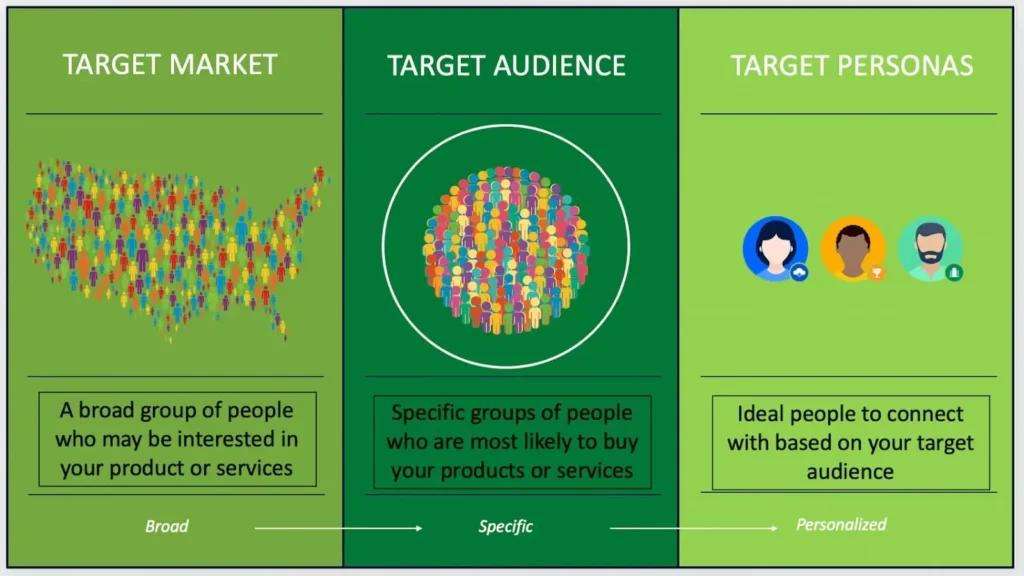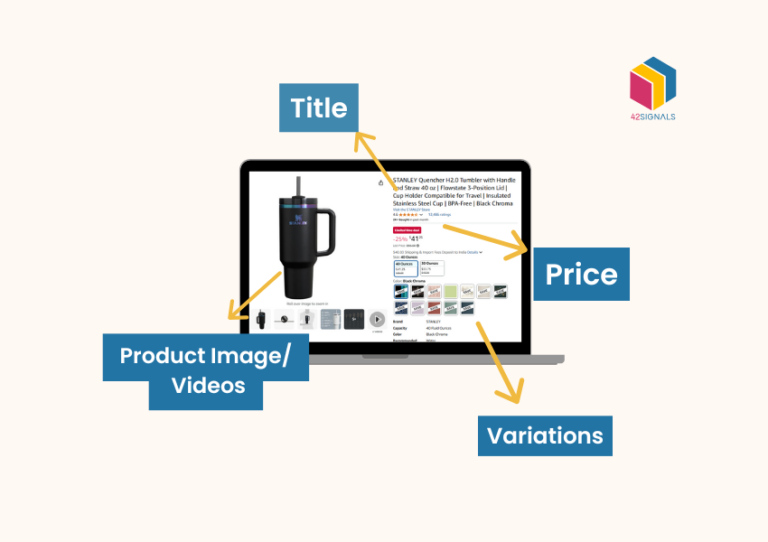The world is changing faster than ever before, and as a business owner, you must keep up with these changes to stay ahead of the competition. One of the most effective ways to do this is by expanding your business beyond its local boundaries and capturing a larger share of the global market. However, scaling your business requires careful planning, execution, and adaptation to new markets and cultures. In this ultimate guide, we will walk you through the essential steps to scale your business and capture more market share.
Capturing More Market Share
Step 1: Understand Your Target Audience
The foundation of any successful business expansion lies in understanding your target audience. Before you venture into a new market to establish market share, it is imperative to conduct thorough research to identify the needs, preferences, and pain points of your potential customers.
Start by analyzing key demographics such as age, gender, income levels, and education. Then, dive deeper into psychographics, which include lifestyle, values, and interests. Understanding cultural nuances is equally important, as what resonates with customers in one region may not have the same impact elsewhere.
For example, a marketing strategy that works well in North America may need to be adapted significantly for markets in Asia or Europe. Building detailed buyer personas can help you visualize your ideal customers and create personalized experiences tailored to their preferences. By focusing on your audience’s unique characteristics, you’ll be better equipped to craft products, services, and marketing strategies that resonate with them.

Image Source: Search Engine Journal
Step 2: Develop a Strong Brand Identity
Your brand identity is the face of your business and is necessary to capture a large market share. It is what sets you apart from competitors and builds trust with your customers. When expanding globally, having a cohesive and recognizable brand becomes even more critical.

Image Source: LinkedIn
Ensure that your logo, tagline, messaging, and overall visual design are appealing and resonate with your target audience across different regions. At the same time, consistency is key. While you may need to localize certain aspects of your branding to align with cultural norms, your core identity should remain intact. A consistent brand image fosters trust and makes it easier for customers to connect with your business, regardless of their location.
Take, for instance, companies like Coca-Cola or Apple. Their branding is instantly recognizable worldwide, yet they incorporate subtle local touches in their marketing to connect with specific audiences. This blend of consistency and localization can be a powerful tool for your business and improve market share.
Step 3: Create a Solid Online Presence to Build Market Share
Creating a robust online presence is critical to increasing market share when scaling your business globally. Invest in a responsive and user-friendly website that caters to international audiences. Optimizing your site for search engines (SEO) and leveraging pay-per-click advertising (PPC) can increase your visibility and drive traffic to your site.
Social media is another powerful tool for building credibility and engaging with your audience. Platforms such as Instagram, LinkedIn, and Facebook enable you to showcase your products or services, share success stories, and interact with customers in real time. Engaging content, such as blog posts, videos, and testimonials, can further enhance your online reputation.
Even businesses established decades ago are recognizing the importance of an online presence. Companies that operated successfully without the Internet have adapted to the digital era by building websites, leveraging e-commerce platforms, and engaging with customers online. This transition demonstrates the undeniable value of a strong digital presence.

Image Source: ResearchGate
Step 4: Build Strategic Partnerships
Expanding into new markets can be challenging, especially when you’re unfamiliar with the local business landscape. Forming strategic partnerships with local businesses, distributors, or influencers can accelerate your entry into these markets, increase market share and provide valuable insights.

Image Source: PandaDoc
For instance, partnering with a local distributor can help you navigate logistical challenges, while collaborating with influencers can boost your brand’s visibility and credibility among potential customers. These partnerships can also help you access resources and networks that would otherwise take years to establish.
Another strategy is to collaborate with complementary brands. By combining your offerings, you can create unique value propositions that appeal to broader audiences. For example, a fitness equipment manufacturer could partner with a health and wellness app to offer bundled solutions that cater to fitness enthusiasts.
Step 5: Navigate Legal and Regulatory Requirements
Entering a new market involves complying with a host of legal and regulatory requirements. These may include import/export regulations, tax laws, data protection policies, and intellectual property rights. Ignoring or misunderstanding these rules can lead to costly fines or legal complications.
To ensure compliance, consult with local attorneys or legal experts who specialize in international business. They can help you understand the specific requirements of each market and guide you through the necessary procedures. Additionally, conducting due diligence on local regulations can help you identify potential challenges and develop strategies to address them proactively.
Step 6: Leverage Technology for Efficiency
Technology can be a game-changer when scaling your business and gaining market share. By embracing the right tools and platforms, you can streamline operations, reduce costs, and improve overall efficiency. Implementing enterprise resource planning (ERP) systems, for instance, can help you manage supply chains, inventory, and financials more effectively.
Automation tools can simplify repetitive tasks such as email marketing, customer support, and data entry, freeing up time for your team to focus on strategic initiatives. Cloud computing solutions enable seamless collaboration across different locations, making it easier to manage a distributed workforce.
Furthermore, integrating artificial intelligence (AI) and machine learning algorithms can provide valuable insights for decision-making. These technologies can analyze large volumes of data to identify trends, optimize pricing strategies, and predict customer behavior.
Conclusion | The Path to Improving Market Share
Scaling your business from local to global requires careful planning, execution, and adaptation to new markets and cultures.
In many cases, businesses find that their success in international markets surpasses that of their home market. This is a testament to the power of global expansion and the opportunities it offers. With the right strategies in place, your business can achieve its full potential and thrive on a global scale.
Liked this article? Visit our blog page for more insightful information.
Frequently Asked Questions about Market Share
What is an example of a market share?
A market share example shows how much of an industry’s total sales a company controls.
Example: If the total smartphone market generates $100 billion annually and Brand X earns $25 billion, then Brand X holds a 25% market share. Another example: In the U.S. soda market, Coca-Cola might have a 40%+ market share, meaning it accounts for over 40% of soda sales in the country.
What is the significance of market share?
Market share is a key indicator of a company’s competitiveness and dominance in its industry. A higher market share often means:
- Strong brand recognition and customer loyalty
- Greater pricing power and economies of scale
- Increased investor confidence
- More influence over market trends and standards
It helps companies benchmark their growth, performance, and positioning relative to competitors.
What does 40% market share mean?
A 40% market share means the company controls 40% of total sales or revenue within its industry or product category.
- If an industry generates $1 billion in revenue, a 40% share equals $400 million in sales for the company.
- It also indicates that out of every $10 spent in the market, $4 goes to that company.
This level of market share typically reflects market leadership or dominance.
How do you calculate market share?
Market share is calculated using the formula:
Market Share (%) = (Company’s Sales / Total Industry Sales) × 100
Example:
- Your company generates $50 million in revenue
- The total market is worth $200 million
- Market Share = (50 ÷ 200) × 100 = 25%
You can calculate this based on units sold, revenue, or even customer base depending on your industry focus.







